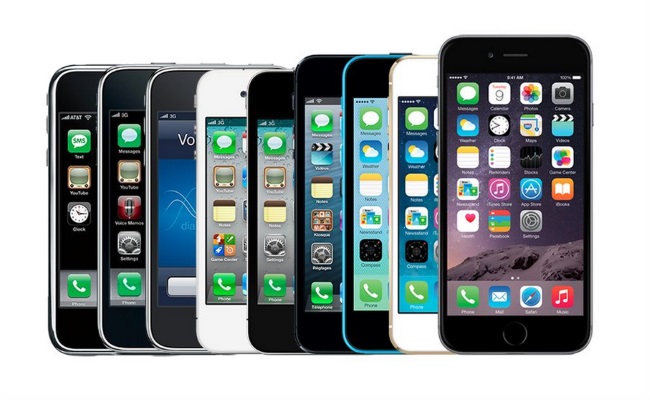This June 29th, a full decade will have passed since Greg Packer, the first iPhone user that wasn’t an Apple employee has purchased his smartphone at the 5th Avenue “Glass Cube” Apple Store in New York City. Products similar to the iPhone, mostly running Microsoft’s Windows CE and Windows Mobile operating systems, have been released before but they were mostly focused on business users, whereas the iPhone was clearly aiming for the general public, offering never-before-seen processing power and entertainment options to its users.

The iPhone was followed by Google’s first commercial Android-powered handset, the HTC Dream (aka the T-Mobile G1 in the US and the Era G1 in Poland) over one year later. These two smartphone platforms proceeded to push each of their competitors out of business (there are still a few of them active, like Windows Phone, Ubuntu, Samsung’s Tizen, and a few others, but their market share is insignificant).
Smartphones have brought forth a series of changes in the way we interact with our handsets. Today, they are the preferred internet devices of their users. Smartphones are used for everything from reading the news, seeking out game guides and casino bonuses explained, visiting social networks and checking the weather. They have also become our preferred way to interact with each other, through voice calls, text messages, and various variations of the above, including video calls over the internet, and others. The changes in the technology that were – directly or indirectly – caused by the spread of smartphones were, in turn, more subtle, and perhaps less obvious to the untrained eye.
Mobile internet was very slow – and unreliable – in most places. Its price was enormous, though, so the only people who paid for data plans were those who really needed to be online around the clock. Even though the majority of phones released after 2000 had modems inside them, their internet capabilities were mostly ignored by their users. Smartphones, in turn, changed all this – for the better. Without an internet connection, most smartphones are “dead in the water”. Their emergence has led to a growth of the demand for internet connections, and where’s demand, an offer has to appear. Even if we can’t directly state that smartphones caused the increasing acceleration of mobile connections, and the unprecedented spread of wireless routers, for that matter, their role in it is undeniable.
Another – indirect – effect of the smartphone boom was the creation of jobs. For years, companies were either creating new divisions or have been forming entirely to serve an ever-increasing demand not only for smartphones but for smartphone-related content: app developers, web developers, and their likes. Overall, smartphones have had a positive effect on world economy in the last ten years. Their effects on society, in turn… are a topic for another day.
The World 10 Years After the Launch of the iPhone,



